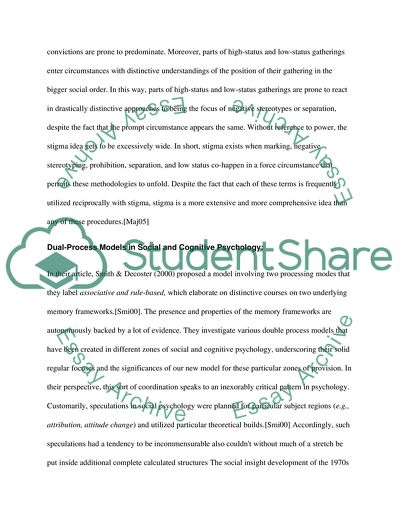Cite this document
(Social Psychology Research Paper Example | Topics and Well Written Essays - 1750 words, n.d.)
Social Psychology Research Paper Example | Topics and Well Written Essays - 1750 words. Retrieved from https://studentshare.org/psychology/1818415-social-psychology
Social Psychology Research Paper Example | Topics and Well Written Essays - 1750 words. Retrieved from https://studentshare.org/psychology/1818415-social-psychology
(Social Psychology Research Paper Example | Topics and Well Written Essays - 1750 Words)
Social Psychology Research Paper Example | Topics and Well Written Essays - 1750 Words. https://studentshare.org/psychology/1818415-social-psychology.
Social Psychology Research Paper Example | Topics and Well Written Essays - 1750 Words. https://studentshare.org/psychology/1818415-social-psychology.
“Social Psychology Research Paper Example | Topics and Well Written Essays - 1750 Words”, n.d. https://studentshare.org/psychology/1818415-social-psychology.


